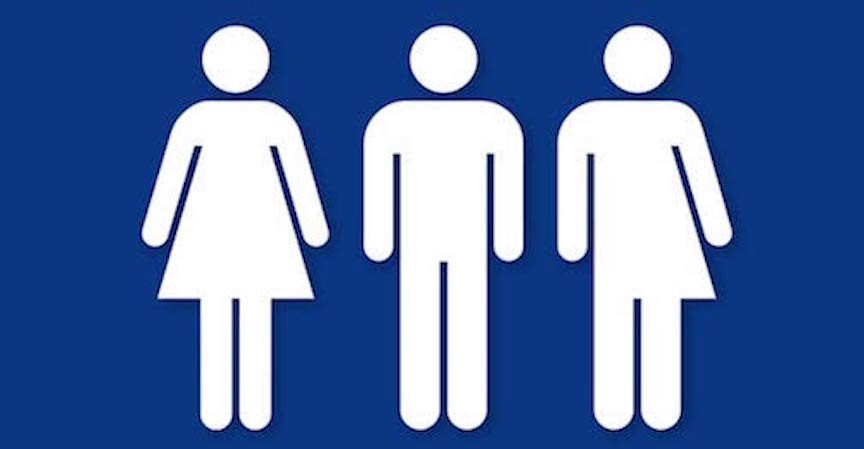Gender Across the World
December 7, 2020
Gender has affected how we see the world in ways most people don’t realize. We choose our jobs, spouses, clothes, friends, schools, and community based on our gender. And all of this is affected by our language. Languages all across the world are influenced by gender. Different languages view gender in different ways, and it affects the people speaking it.
Tagalog is known for being very gender neutral. The language uses “siya”, which translates to “them” to refer to someone, not she/her or he/him. not only that, but the language uses “asawa” for wife or husband, translating to “spouse”. Despite Tagalog’s efforts to be gender neutral, there are some gendered words, and most of the country is against same-sex marriage. This is because of the Spanish influence over the years. Before the Philippines was colonized, the country was for same-sex marriage. They believed everyone was equal and should have the same opportunities, no matter what. It wasn’t until the Spanish occupied the area when Catholicism was introduced and western ideas were put into place, changing Tagalog and the country’s values.
Speaking of Spanish, the language is extremely gendered. Almost every word is gendered. How Spanish works is there are certain nouns that are gendered, ending in “-o” for male and “-a” for female, and from there, adjectives are gendered. The problem with this is that certain words that are gendered are sexist. For example, the word “secretaria” translates to “secretary” in English. But, “secretario” translates to a man in a position of power. The suffixes allow for sexism to occur not only in the language, but in the culture as well. The Feminist movement has proposed some reforms, though. They have come up with using “-x” or “-e” for suffixes to allow gender equality for not only males and females, but for people on the non-binary spectrum as well. And for pronouns, since Spanish doesn’t have a gender neutral pronoun, there’s a proposal to use “elle”, which translates to “they” in English.
Chinese is gender neutral as well. But this is intentional. With Chinese, if one syllable is mispronounced, it could change the whole meaning of the sentence or phrase. The language is also dependent on word order, so gendered words aren’t needed. If the person speaking needed to specify the gender of something, they would add “male” or “female” in front of it. But, the character for “he” has been used for centuries for both male and female. Western influence has also contributed to the character for “she”, invented in the twentieth century. Regarding gender neutral pronouns, people have invented “X也” for the gender neutral pronoun. Some people have also embraced “tā”, the gender neutral character that translated to “he”, once again to protest the adding of the female pronoun, which is inherently sexist.
I talked to Sasha Kostakis, a current freshman in Vocal here at Carver, about gender and Greek. “Yes, the language is very gendered,” she said. When asked if it leads to sexism, she stated “It doesn’t really because every word can work for either female or male gender. For example, the word for ‘doctor’ is ‘γιατρός’ whether they are male or female, but when you use it in a sentence, you would say ‘The doctor said..’ and the ‘the’ is gendered. For females, it would be ‘η γιατρός’ (ee yiatros) and for males it would be ‘ο γιατρός’ (o yiatros).” Sasha explained how Greek currently doesn’t have a gender neutral pronoun, but hopes that the language will soon develop one.
As much as English speakers boast about how progressive our countries are, English is a gendered language. We catagorize adjectives into genders. “Strong” and “handsome” are masculine, and “pretty” and “dainty” are feminine. And we now have gendered nouns. We typically see “doctor” as male and “nurse” as female. They weren’t made to be gendered, but us as a society have gendered them. But when it comes to pronouns, we have progressed more than other languages. People who are non-binary typically use “they/them”. There are also other pronouns such as “xe/xem” and “ze/hir”, but those aren’t as widely used. Thanks to the use of the English language, people can now change their gender to non-binary in some Western countries.
The world’s view on gender has changed drastically throughout the decades. Women have gained more rights, they are seen more as equals, they gain more opportunities. And for people who are not in the gender binary, the world has become more accepting of it and have changed its culture with it. Language plays a huge part in it, and with more activism, hopefully more languages will develop with the changing world.
